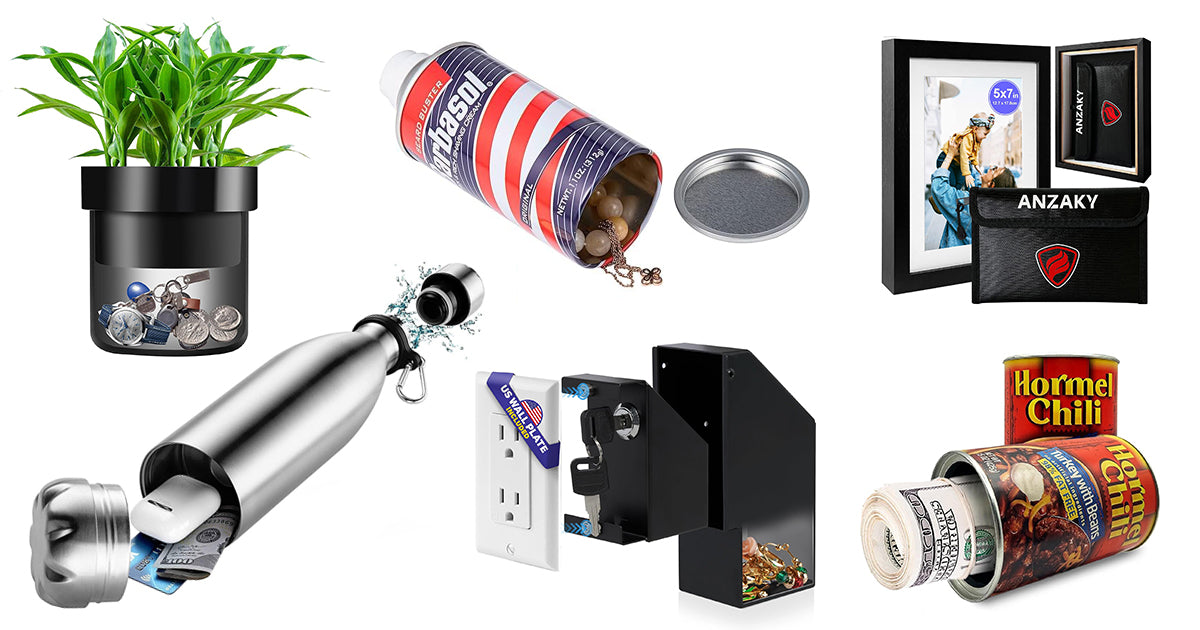DIY Custom Slide Inserts – Keyport Maker Series #002
Welcome to our Keyport Maker Series, where we design, build, and hack everyday carry (EDC) gear. In our previous video, we made an insert for the Keyport Pivot. Today, we're diving into creating an insert for the Keyport Slide.
WHAT IS THE KEYPORT MAKER PROGRAM?
The Keyport Maker Program provides access to an array of design files that you can use to create custom EDC tools for Keyport products, including the Keyport Pivot, Keyport Slide, and Keyport Modules. This program emphasizes user creativity, allowing individuals to either modify existing designs or create new, unique pieces, all without the need for extensive experience or tools. By providing free downloadable files specifically designed for the Keyport system, the program opens up a world of customization for Keyporters and EDC enthusiasts.
Getting Started
If you're new to this series, I highly recommend checking out our first video. It highlights the basics of designing tools for your EDC gear without needing any prior experience or advanced tools. Today’s tutorial, however, is geared toward those looking to advance their skills. We'll be using Fusion 360 throughout this process, a powerful design software that allows for precise modeling and engineering.
The Design Process
Understanding the Maker File
Before we jump into the design software, we need to download the free maker file for the Keyport Slide Insert. The file is designed to perfectly fit in the a Keyport Slide's port. Pay close attention to the skull zone and do not modify it. In the design zone you can whittle away and make it smaller to make your part, but do not make it any bigger or it will not fit in the Slide.

Creating the Insert in Fusion 360
Open the .step 3D maker file in Fusion 360. Using the software's sketching tools, create all the features of your Insert. Create each feature and pay attention to wall thicknesses as you go to ensure you don't make a thin wall or overlapping features. Your design must be printable.
Adding Functional Features
Create features that will allow the tweezers to fit comfortably inside. This includes cutouts or slots, which will support the functionality of the tweezers while also ensuring that they can be easily removed when needed. It helps to have calipers to measure all your mating parts to ensure a proper fit. In the design process, you should continually reference back to the overall composition of the Keyport Slide mechanism. It’s vital that the insert does not interfere with the sliding action.
Finalizing the Design
When the basic shape is finalized, check your design and create a test print. Most of the time, it takes several iterations to get your design dialed in to work with mating features like the tweezers used in this tutorial.
Steps to Create the Insert
- Check Your Print: After printing the part, ensure the node fits and springs back freely. Test on both sides to prevent any sticking.
- Install and Slide: Slide the insert into the Keyport mechanism to check if it moves smoothly. Adjust printer settings or materials if necessary.
- Insert Tweezers: Ensure that the tweezers fit well within the insert. They should not protrude beyond the edge of the bezel.
Final Touches
For my insert, I’m using 500 grit sandpaper to create a file surface. To secure the sandpaper in place, I’m applying 3M tissue tape (9448A). This tape is strong enough to hold your sandpaper in place while allowing easy replacement when needed. It’s essential to make sure the sandpaper sits below the surface edge of the cavity, ensuring that it does not interfere with the sliding action of your Keyport.
Wrapping Up
And there you have it—your first Keyport Slide insert is ready! This project not only illustrates the process of creating an insert but also highlights the importance of design precision in crafting effective EDC gear. If you have any ideas for future designs or tutorials, feel free to leave a comment! Be sure to share your designs on our Discord Maker Space channel or tag @theKeyport on social media with the hashtag #MadeForKeyport.







Leave a comment
This site is protected by hCaptcha and the hCaptcha Privacy Policy and Terms of Service apply.